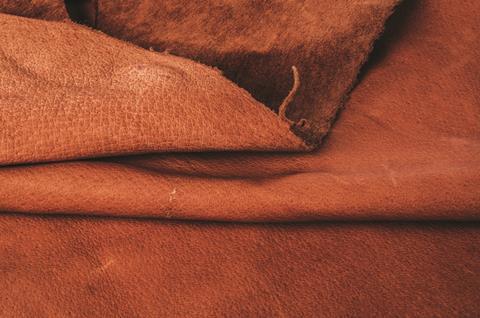Propylene carbonate helps to reduce amount of wastewater generated during leather tanning

Researchers in India have found a solvent that reduces the amount of chromium(III)-contaminated wastewater generated during the leather tanning process.
Tanning ensures leather remains stable and prevents microbial degradation. Chromium(III) is the tanning agent of choice with 24 kilotons discharged in 27.5 billion litres of wastewater every year. This waste is harmful to aquatic life and can get oxidised to hexavalent chromium, which is highly toxic to humans.
J Raghava Rao and his colleagues from the Central Leather Research Institute in Chennai have discovered that propylene carbonate could replace water and reduce metal-contaminated waste levels. The solvent avoids the need to use fungicides, is more environmentally friendly and shows a high tanning performance. It also stops the discharge of chromium(III), with more than 99% of the chromium being transferred to the leather hide.
To identify propylene carbonate out of hundreds of solvents, Rao’s group used GlaxoSmithKline’s Solvent Selection Guide (SSG) – originally created for sustainable chemical synthesis in the pharmaceutical industry – and adapted the selection criteria to their needs.
Rao hopes that his research can help guide the leather industry in the future. ‘We see the alternate solvent based approach could result in a process with near zero discharge of chemicals used in leather manufacture,’ he says.
Will Wise from the Institute for Creative Leather Technologies at the University of Northampton, UK, agrees that the industry needs to reduce the impact of its waste: ‘The preliminary work … offers a rationale for reducing a large number of possible alternatives and will act as a springboard for further targeted research into non-aqueous solvents in a continuing bid to improve sustainability in leather production.’
References
This article is free to access until 26 September 2016
M Sathish et al, Green Chem., 2016, DOI: 10.1039/c6gc01774f












No comments yet